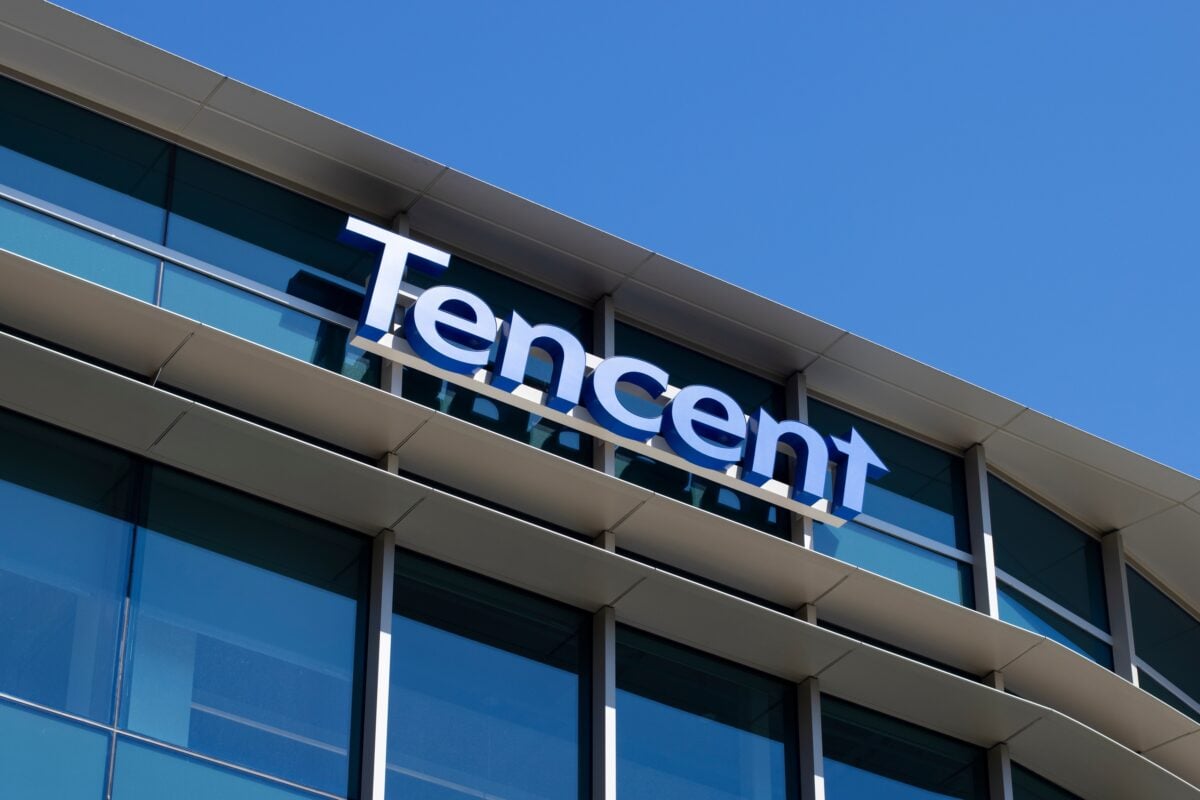Coinbase Challenges Bank Push Against Stablecoin Rewards
TLDR
- Coinbase defends stablecoin rewards as banks push for tighter regulation.
- U.S. banks seek to limit stablecoin perks, sparking Coinbase backlash.
- Coinbase fights bank pressure to ban stablecoin cashback programs.
- Banking giants clash with Coinbase over consumer crypto incentives.
- Stablecoin rewards ignite new front in Coinbase vs. banks battle.
Coinbase has intensified its confrontation with major U.S. banking institutions after they urged regulators to prohibit merchant rewards linked to stablecoin payments. The crypto exchange labeled the proposal as an overreach that limits innovation and undermines consumer freedom. The conflict underscores the growing competition between traditional banks and digital payment systems powered by blockchain technology.
Stablecoin Rewards Face Regulatory Pressure
Stablecoin reward programs allow users to earn cashback or discounts when using digital tokens such as USDC for payments. These programs aim to encourage broader adoption of stablecoins by offering practical financial incentives to consumers and merchants. However, banks are pressing regulators to classify these rewards as indirect interest, which would place them under existing restrictions outlined in the GENIUS Act.
The GENIUS Act currently prevents stablecoin issuers from paying direct interest or yield to holders of the tokens. Banking groups want this prohibition extended to exchanges and third parties that facilitate stablecoin rewards. They argue that such incentives create unfair advantages over traditional credit card systems and bypass established regulatory safeguards.
Coinbase rejects that interpretation and maintains that the GENIUS Act applies only to issuers, not to independent businesses promoting stablecoin usage. The exchange emphasizes that stablecoin rewards enhance payment efficiency and provide consumers with more affordable options. It argues that preventing third parties from offering incentives would stifle market competition and protect entrenched financial interests.
Coinbase Defends Innovation and Consumer Choice
Coinbase insists that blocking stablecoin rewards contradicts the spirit of innovation and consumer empowerment in the U.S. financial sector. The company contends that consumers should decide how they pay and earn rewards without interference from traditional banking lobbyists. It highlights that stablecoin transactions often cost less and settle faster than credit card payments, improving accessibility for merchants and customers alike.
The exchange also warns that banks’ actions threaten the progress of digital payment ecosystems that promote transparency and efficiency. By pushing for broader restrictions, Coinbase says banks aim to maintain their dominance in the payment market. The firm remains confident that regulators will interpret the GENIUS Act according to its original intent and not expand its scope.
Banks Fear Revenue Loss from Stablecoin Expansion
Traditional banks view stablecoins as a potential disruption to their core business models. A U.S. Treasury report estimated that widespread stablecoin adoption could withdraw over $6.6 trillion in deposits from the banking system. Such an outcome could reduce banks’ lending capacity and weaken their profitability.
Stablecoins could significantly cut the $180 billion in annual credit card fees paid by U.S. merchants. Coinbase argues that banks’ resistance stems from the threat of losing this lucrative revenue stream. It believes that preventing stablecoin reward programs would force merchants back into systems with high transaction costs, limiting payment innovation.
Coinbase remains optimistic that regulatory authorities will prioritize fair competition and consumer benefit. The exchange continues to advocate for open financial markets that support emerging technologies and diverse payment methods. Coinbase maintains that stablecoins represent a transformative shift in digital finance and should not be constrained to preserve outdated models.
The post Coinbase Challenges Bank Push Against Stablecoin Rewards appeared first on CoinCentral.
You May Also Like

According to Market Analysts This $0.012 AI Token Could Be the Best Investment of the Decade — Ozak AI’s 41,000% Potential Outshines Ethereum’s Early Growth

Crypto On Alert: Raoul Pal Hints At Macro Twist Post-US Govt Shutdown
